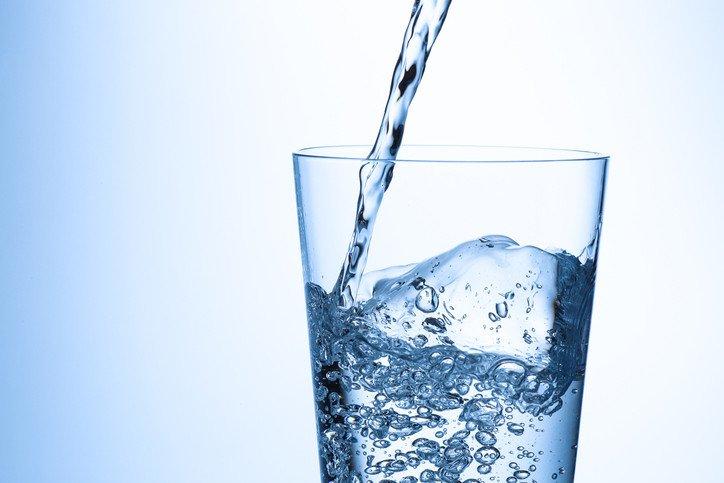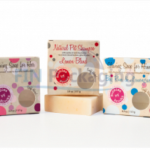We all know that soft water is safe to drink, and it comes with so many good things as well. During the whole ion exchange process, the resin beads sometimes release sodium into the water when grabbing hold of the hardness minerals. Well, a water softener will do the needful.
If you are wondering about the need for a water softener, then let me tell you that it is necessary if you are living in an area where the water contains enough hardness. Without the water softener, it is not at all possible for us to take care of our skin or hair. You may not know, but hard water can destroy everything, and you can feel so dry inside out! So, you should install a water softener at the time of installing the water purifier, and it will surely give you the best result out of everything.
Safety: Can You Drink Soft Water?
The amount of sodium that is being softened and that particular water isn’t at all unhealthy. It is indeed far less than what is widely imagined, and you need to get your facts to check here. In case, you have somehow moderately hard water, for example, five grains per gallon and this is only adding 37 milligrams of sodium per quart of water. This is less than 2% of the suggested daily sodium intake, and you should remember this. Even a slice of white bread contains around 170 milligrams of sodium, and a slice of pizza contains about 640 milligrams. So the amount your water softener is adding is negligible.
You will have to remember that the number of hardness minerals is getting reduced by the softener, your softener is eventually adding up the same number of sodium. The softener is known for releasing two milligrams of sodium from your water that too for every milligram for the hardness of your water. When the water hardness level is more than 400 ppm, you should look for a RO water purifier for drinking as well as cooking purposes. Do we need to mention the water softener along with it?
How To Install A Water Softener?
You need to install a water softener as close to the primary source of entry into the house as possible. If you do so, it will eventually carry the soft water throughout the whole home, and you will be safe. You need to make sure your water softener is located before your water heater, as hard water does the most significant damage to hot water appliances and you should keep an eye on that part.
Let’s find out the steps below
The Water Softener Position
First of all, you are required to make sure that the softener is correctly positioned and there is no issue about the place at all. The inlet should be connected directly to the water supply, and the outlet must be facing the direction of the hot water appliances. Hard water should not harm your hot water supply!
Turn Off The Water Supply To Your House
If you want to prevent leaks from springing during the whole installation process, then you will have to shut off the water supply to your home, and don’t forget this. You need to assure the water heater’s water supply is turned off too. There should not be any electricity.
Drain The Pipes
Now, you are required to open nearby faucets or faucets on the very bottom floor of your home in terms of ensuring all water exits your house’s supply pipes.
Cut Into The Water Supply
You need to start using pipe cutters and then cut into the water main leading into the supply line directly. This is a whole house filtration unit; hence, you need to connect the inlet and outlet lines directly to the main water line of your home.
Cut, Measure, And Connect
Before you are attaching any pipes to your water softener, you need to measure and cut your pipes to fit and do that correctly. Suppose you are going to use the c solder on any nipples, copper pipes, and fittings before you are finally connecting the unit to the bypass valve to avoid melting the plastic. You need to seal all threads with plumber’s tape, and this is an important step.
Clamp The Drain Hose Wisely
The water softener you are installing needs to drain the depleted brine solution after the regeneration cycle. Clamp the drain hose securely and feed it into the dedicated drain, such as a floor drain or utility sink. If you want to prevent the hose back siphoning wastewater, then all drain hoses must have an air gap.
Connect The Overflow Tube
Overflow tubes are nothing, but an additional precaution that will be ensuring the brine tank does not flood and overflow at any cost. You can once read the manufacturer’s instructions for specific placement of this hose. The overflow tub will too require an air gap.
Hopefully, you have got a detailed guide on how to install it and what a water softener can do for you. You should not forget this part while installing a water purifierat your home!


